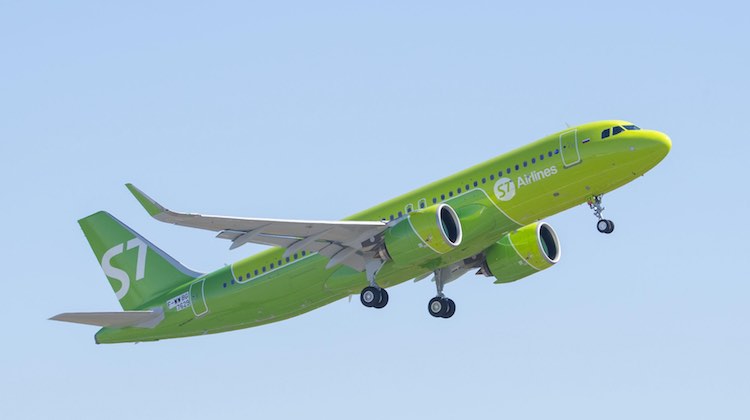
The ramp-up in deliveries of the Airbus A320neo remains problematic due to ongoing issues with one of the aircraft’s two engine options.
Airbus says it delivered 59 A320neo Family aircraft in the first half of 2017, up from eight in the first half of 2016.
However, “The A320neo ramp-up remains challenging and customers are still experiencing a number of in-service engine issues,” Airbus said in statement on Thursday reporting its first half 2017 financial results.
“Engine supplier Pratt & Whitney has introduced some fixes but these improvements have not come through yet on a reliable basis under normal service conditions.”
Airbus says it plans to deliver 200 A320neos in the 2017 calendar year, but concedes “this objective is more challenging given these engine issues”.
Pratt & Whitney’s PurePower PW1100G geared turbofan is one of two engine options available to A320neo (New Engine Option) customers, alongside the CFM International LEAP-1A. The PW1100G has suffered from a number of technical issues, while both engine manufacturers face the challenge of ramping up production rates to meet Airbus’s delivery schedules for the remainder of the year and beyond.
“The commercial aircraft environment remains healthy while the robust order backlog continues to support our production ramp-up plans,” Airbus chief executive officer Tom Enders said.
“However, we are facing challenges due to ongoing engine issues but we have a clear road-map in place and have maintained our full-year guidance. Achieving the aircraft delivery target depends on the engine suppliers meeting their commitments.”
Locally the Qantas Group has 99 LEAP-powered A320neos on order (comprising 54 A320neos and 45 of the larger A321neo) for its Jetstar low-cost carrier operations, but first delivery is not expected until the second half of 2018, while Air New Zealand has ordered 13 A320neo Family aircraft – comprised of nine A320neos and four A321neos – powered by the PW1100G and also due for delivery at some point in 2018.
Meanwhile, as A320neo production ramps up at an unprecedented rate, A380 production is being wound back further as orders dry up, with just eight examples of the world’s largest airliner due for delivery in 2019, Airbus revealed.
In the half of 2017 Airbus delivered six A380s, as well as 31 A330s and 30 A350s, plus 180 A320ceo (current engine option) Family aircraft.
Comments (5)
Comments are closed.
















Roger
says:Emirates definitely must not be liking that statistic about A380 production. It will take them forever to get those 47 A380s they still have on order. I wonder if they will cancel them. Unless I am mistaken, there are 53 A380s that have been ordered that are still yet to be built. This will take Airbus up until about 2025 to complete. It seems to make more sense to me to just get the A380 over with by building them quickly now. Prolonging the deliveries could force EK and VS to cancel them.
Roger
says:I just checked, and NH also has orders for it.
Billy
says:Emirates is in no rush to receive more 380s. The bigger the delay, the better. They hardly know what to do with the ones they’ve got!
Al
says:ANA’s order represents three of the six A380’s previously allocated to Japan’s Skymark Airlines, which went bankrupt before it could take delivery of the jets in 2014. The first of these will take to the sky in 2019 ploughing the route to Hawaii.
Peter
says:VS will never operate the A380.
EK has deferred their delivery program.
It looks like the first A380 coming off lease from SQ in 3 months time will be parted out and broken up for scrap.